If you buy through our links, we may earn an affiliate commission. This supports our mission to get more people active and outside.Learn about Outside Online's affiliate link policy
An Expert's Guide For How to Build Your Own Do-It-Yourself Tri
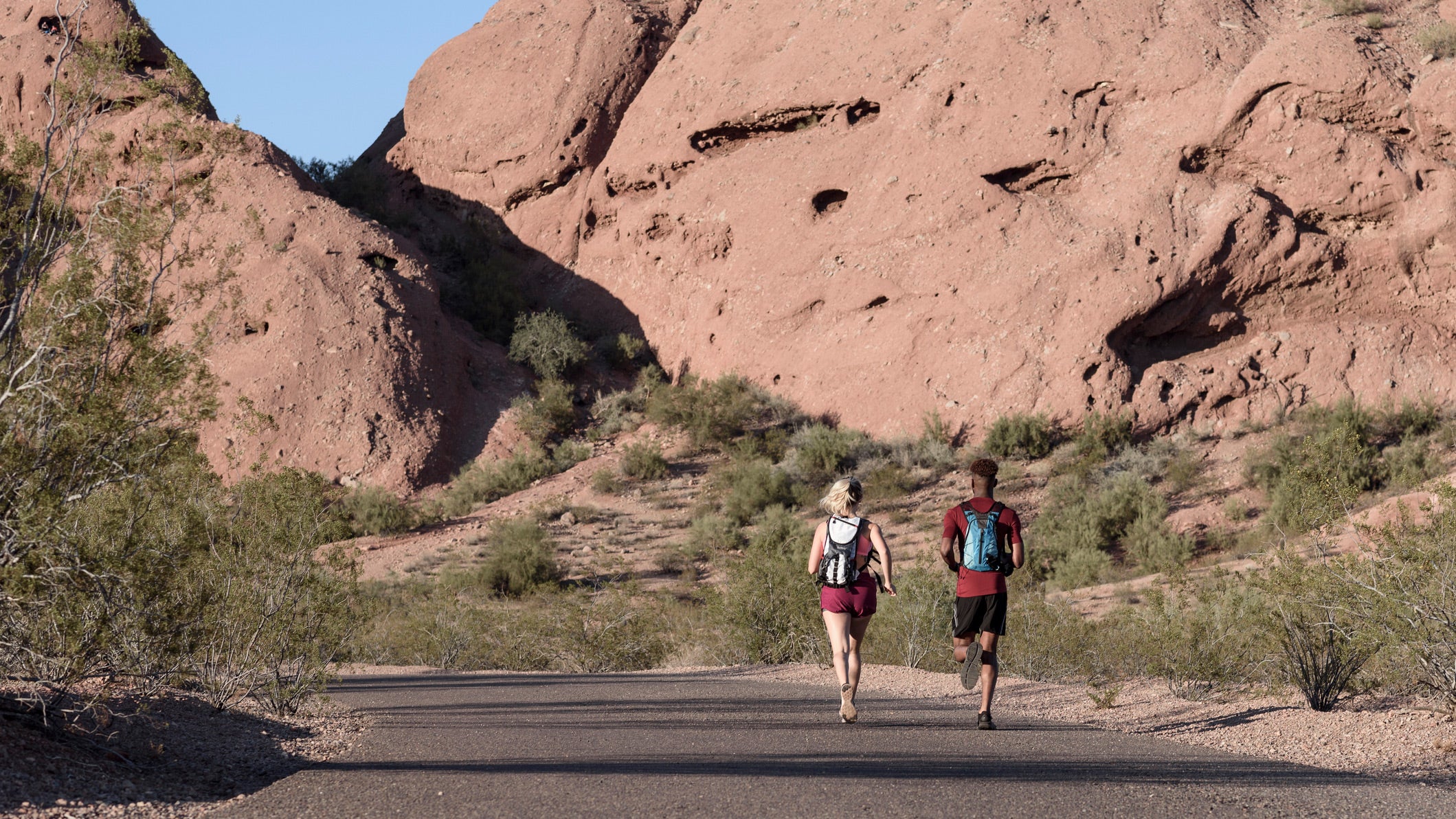
Yes, racing is back, but some triathletes still aren’t into joining 2,000 of their closest friends just yet. Still others have discovered that it’s possible to find joy in triathlon without ever paying a single entry fee. So many triathletes still want to swim, bike, run, and do it all at once for a specific reason. Sure, you can just head out for a swim, a bike, then a run, but there’s an art to the DIY tri—read on to see how to do it right.
For some self-supported visual inspiration, first check out one person’s version in this video Eric Lagerstrom posted a few years ago. To help you on your own project, we’ve enlisted the aid of one of Lagerstrom’s partners in crime, 33-year-old pro Curtiss Feltner. Feltner has been a pro for four years and marked his rookie year of pro competition by living solely out of his van (sound familiar?).
“I think self-supported tri is a cool opportunity to do a course that isn’t really realistic, or even one that is, but doesn’t exist,” Feltner said. “For instance, I’ve always thought a race based out of downtown Bend with a river swim, an on/off-road bike course (think: gravel bikes), and a paved path/trail run would be super fun. It would be a logistical nightmare to actually put on that event, but would be doable (and super fun!) to do alone or with a small group.”
You know that nearby park with dozens of miles of trails that you usually piece together for occasional long runs? That’s your run course. What’s on the other side of that park? Those beautiful winding roads an hour or two outside your town? That’s your bike course. That lake you always wondered if you could swim all the way across? Swim it. Explore, get creative, and find your tri-stoke in places you never thought to look—unrestricted by race courses, entry fees, or even concrete race dates. Use your God-given (and training-honed) swim, bike, and run skills to explore any area you see fit.
“At first, I didn’t really expect the whole COVID thing to last long, and just kept on with the normal programming,” Feltner said. “I did one of the Zwift races and had great numbers, and ran a PR 10K just for fun. But as it became more clear that racing wasn’t going to be happening for quite some time, I turned to the dirt. We have hundreds of miles of great XC trail in the Bend area, and racing off-road is something I would like to do in the future. So I figured now is as good a time as any to start working on the dirt skills… plus I feel like long single track rides are so fun that they don’t require as much internal motivation to get out and do.”
We’ve added some self-supported tri rules to make the fun a little more structured:
The Self-Supported Tri Rules:
- No outside assistance of any kind, just like a race. But unlike a race, there won’t be any volunteers manning any aid stations, so no help from friends or family. You’re on your own.
- You CAN stop to rest, relax, read, meditate, do yoga, or just take a nap.
- If you’re a traditionalist, try to minimize stops to buy or pick up food or liquids—aside from in “transition.” This is where the hardcore planner will really shine. We’ll talk about the special gear/nutrition you might need to make that happen below.
- Transition can be your house, a car, or just a place to stash stuff. Obviously be sure your gear is safe while you’re out.
- While you can time it, you don’t have to. This is about covering ground, seeing new things, and putting your base training—whatever that’s looked like—to use. Go hard if you want, but it’s not a requirement.
- The event doesn’t have to take place on just one day. If your adventurousness level is off the charts, feel free to bikepack and camp. If you’re ready to take it to that level, we can help there too.
- Make your own rules! Race any distance you feel like, stop as much as you want, but make it fun. Think about covering ground (and water)—let tri actually take you somewhere rather than just where you started from. Find some open space on a map nearby and explore!
The Self-Supported Tri Gear:
Though the rules might look a little different than your regular tri, the idea’s still the same: You swim, then bike, then run (or mix it up!), but now you also do it all without any aid stations—aside from in “transition.” While the race itself will no doubt be hard, figuring out the logistics and finding the unique gear required to stick to the self-supported rules can actually be almost as challenging as the event itself. At the very least, you’ll come out of it with some great training gear for going long in any conditions:
Garmin Forerunner 945 LTE
$650, garmin.com
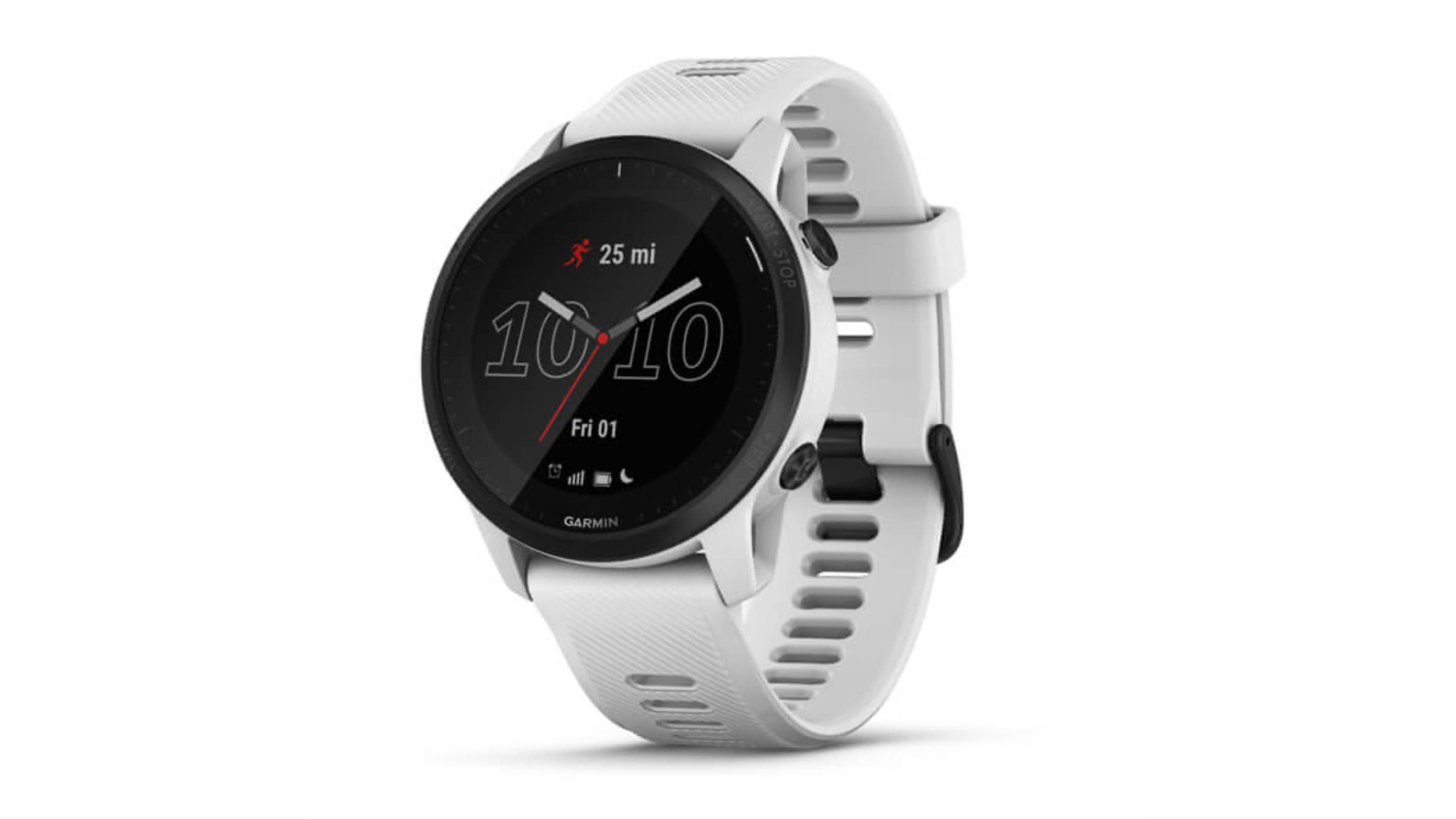
Though there are other multisport smartwatches out there, this model has the best all-around open-water swim, bike, and run functions for self-containment. The latest version also does phone-free tracking via an LTE chip (and service). Once you sign up for the $5/month plan, your friends and family will be able to track you with a provided link whenever you activate the service. You can even get motivational messages from them while you DIY tri and get emergency assistance if things go way off the rails. Stats for days and a handy “resume later” function allow you to stop for lunch (or to sleep for the night) and resume your tri time when you’re ready without keeping it in training mode. If your self-supported tri is super long, you can rest assured that the watch has 36 hours of non-music GPS-mode juice, and preloaded maps will help you out on the trails—but know that the LTE tracking will only last for 18 hours max.
Reviewed: The New Garmin Forerunner 945 LTE
A Detailed Look at the New Garmin Forerunner 945 LTE
Profile Design FC System
$117, Amazon.com

While there are other hydration systems out there—and trust us, you’ll need as much hydration as you can get if your self-supported tri is long—this is one of the largest one that still remains aero. Boasting a huge 35-ounce version, you can effectively fit almost two extra water bottles between your arms. Combine that with two bottles in your triangle and another two behind the seat—with something like Profile’s RML ($64)—and you could be riding with almost 120 ounces of fluid. That’s nearly a gallon just on your bike alone.
Ultimate Direction Adventure Vest 5.0
$180, Rei.com
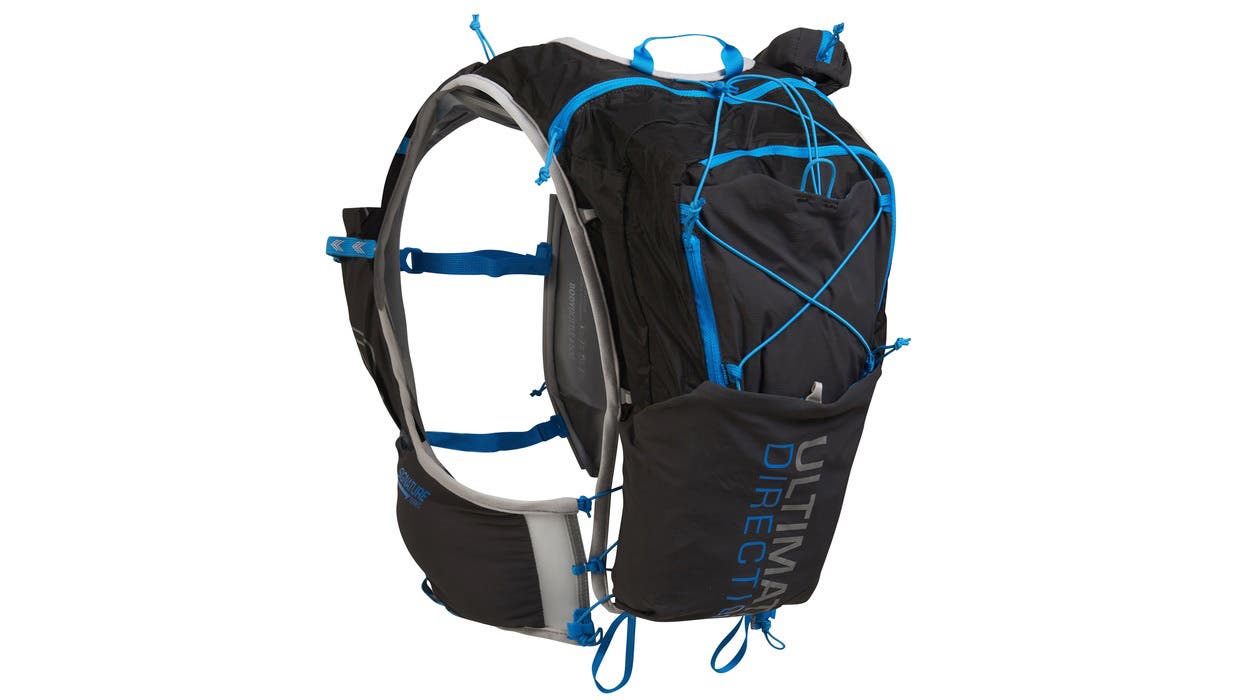
Ok, this is a huge running backpack, but this is what you’ll need if you’re truly going to take your time, maybe stop, maybe go long, maybe even camp (yes, it can be done!). With 17L of storage space, a spot for a hydration bladder (not included), room for a 500mL front bottle (included), and a rain fly for literally any conditions, this is a pack that works for hiking even when you’re not doing your self-supported tri. Ultimate Direction also offers a women’s-specific version with slightly less storage. If you’re looking for something slightly less massive, check out the 8-liter Race Vest 5.0 and the ladies’ Race Vesta 5.0 (both $125).
Waterbrick 3.5gal
$35 for two 3.5gal containers, waterbrick.org
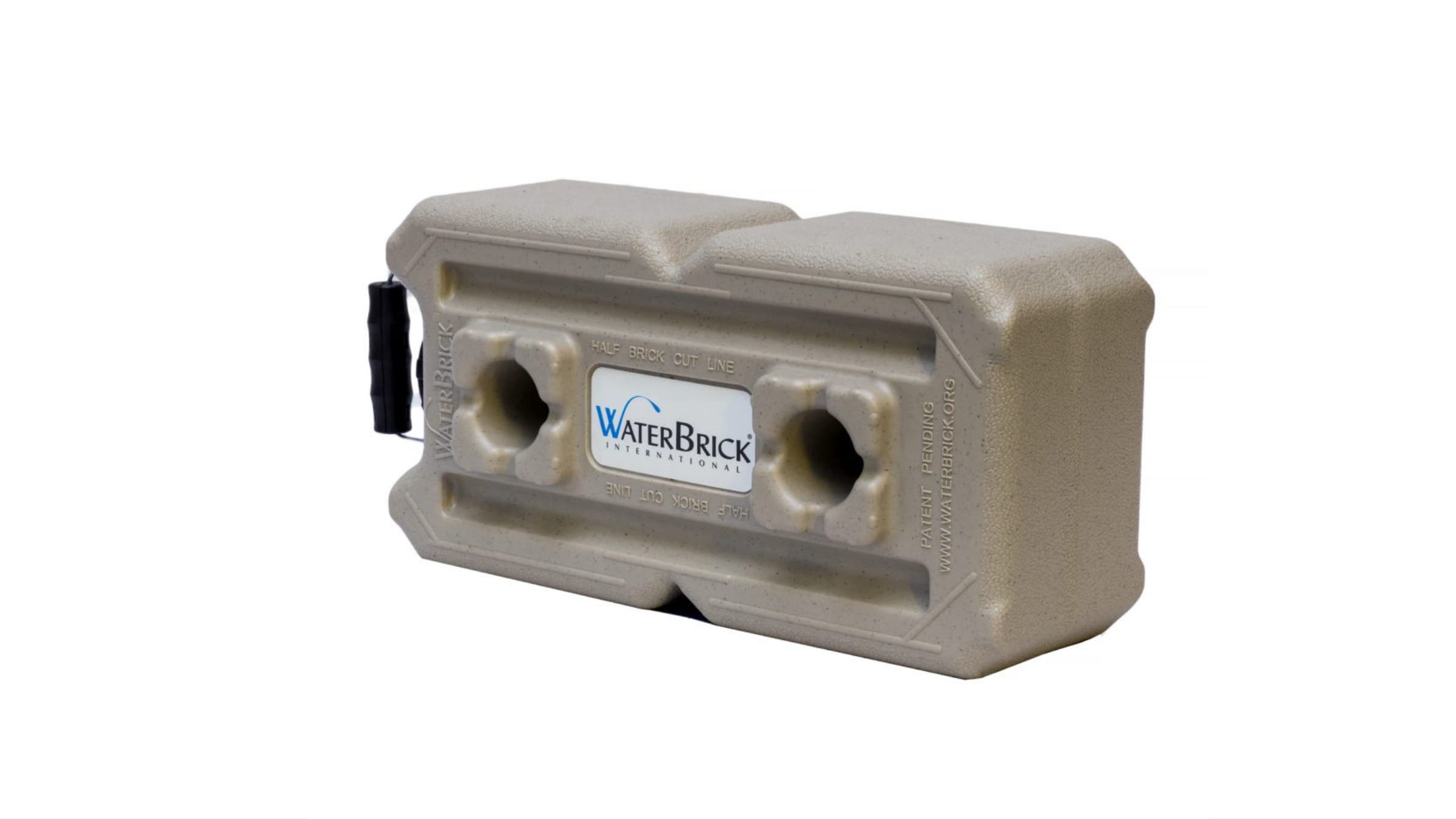
This is one of those weird pieces of tri gear that pretty much every multisport athletes should have. It’s easy to carry, easy to fill, and easy to pour (a pour spout is also available), and it stores super well laying flat or standing up in any car. If you’re really feeling the call of the wild, the tan color helps you stash the Waterbrick as a covert water drop outside. Fill the 3.5-gallon container with lots of water and a few water bottles worth of ice, and you’ll have basically unlimited cool water for your aid station—wherever you might want that to be!
Bu Sunscreen
$10 1-ounce spray bottle, Amazon.com
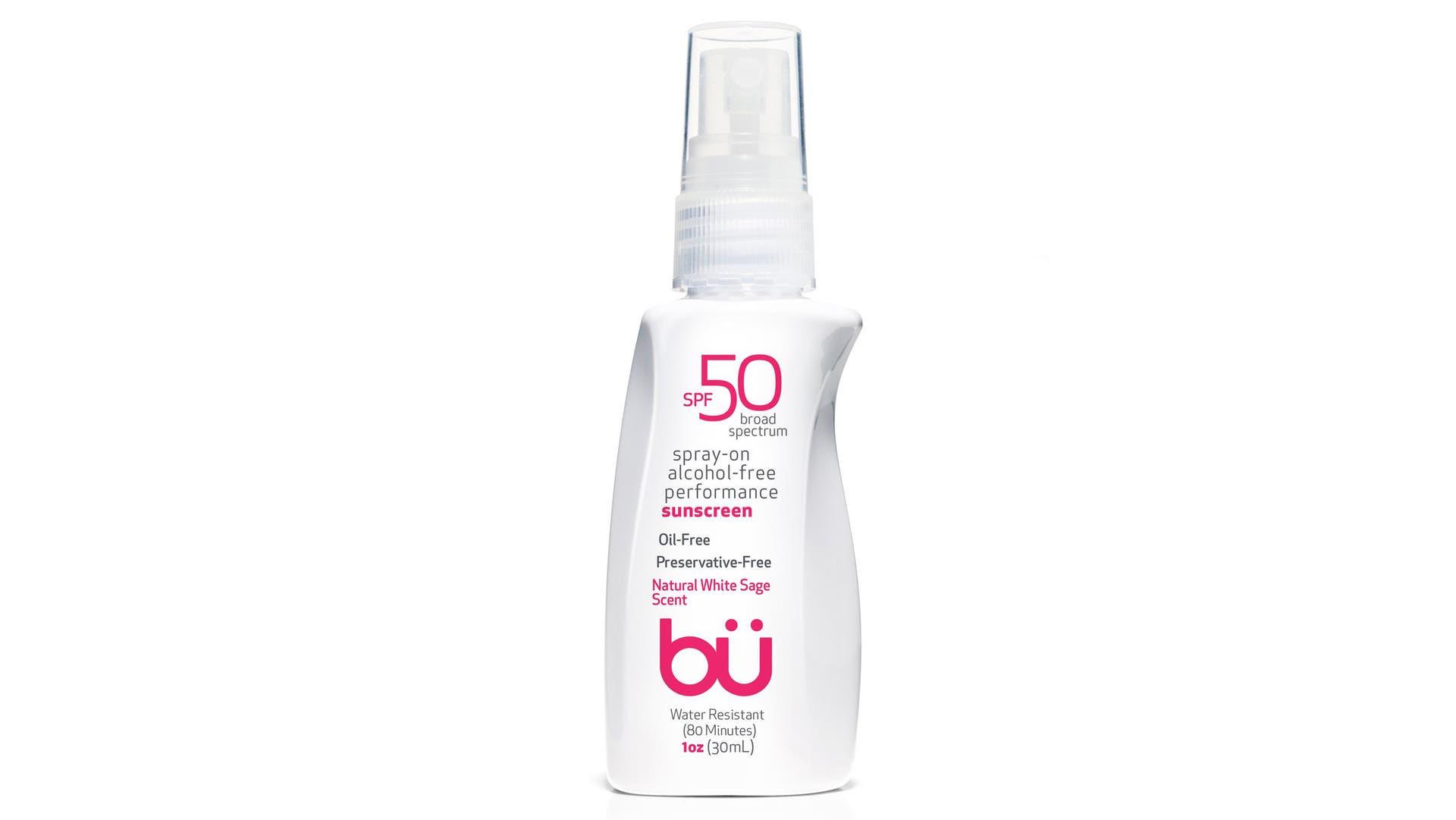
This small brand makes tiny bottles of gently scented SPF 50 spray sun protection, perfect for someone doing a longer self-supported tri. Just like most good waterproof sunscreens, this one needs re-application after 80 minutes, but because the bottle is so tiny, you’ll have no problem bringing this with you—in lieu of the regular sunscreen aid station you might find at a long-course tri. While it is free of nasty chemicals like PABA and oxybenzone, it still does contain some of the questionable -etes, -ates, and -ones that we dove into in our sunscreen roundup, it’s still a good option if those chemicals don’t concern you or you use it only occasionally.
The Self-Supported Tri Food:
Now remember rule number three above—if you want to truly go hardcore, try not to stop for food. While this doesn’t mean don’t eat food, it does make self-sufficiency extra challenging. If you want to stay well-fed (and not pass out) on your self-supported tri, you’ll need nutrition that’s not only well-balanced, but also compact. We’ve uncovered two nutrition options that check both boxes: tiny and packed with what you need.
Honey Stinger Waffles
$1.50 per waffle, Rei.com

While there are plenty of on-the-go nutrition options, Honey Stinger is a favorite among the “light-and-tight” segment of fastpackers and ultralight hikers. Because they pack down flat, these are an excellent option when you need to carry tons of nutrition and space is a premium. Offered in either regular, gluten-free, or protein versions, these do a better job of preventing “palate fatigue” than gels and taste better than many bars. Stack them up in your pack or bag, and you’ll be able to bring as many calories as you need.
Katie’s Real Food Bars
$30 for a case of 12 ($2.50 per bar), Amazon.com

Known not only for their excellent non-GMO, USDA-certified organic ingredients, but also for their massive calorie content, these real food bars actually provide you with a substantial amount of sustenance for when space is tight and your self-supported tri is long. Our favorite is the Bivy Bar with lemon, coconut, and ginger that packs 300 calories, 20g of fat, 30g of carbs, and 6g of protein into each bar. For those keeping track, that’s a lot. The best part of these high-fat, high-calorie bars is that they’re made of real food that your body is actually familiar with digesting, so use these all day long.